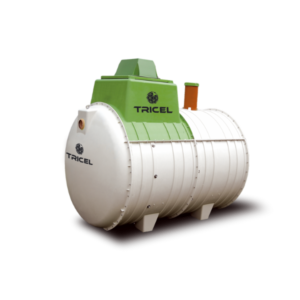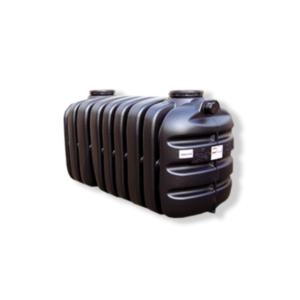SEWAGE TREATMENT
Septic tank regulations 2020 in UK (England and Wales)
The 2020 septic tank regulations in the UK are now in full effect. Suppose you own or manage property in either England or Wales, particularly in the countryside. In that case, there is a strong chance that you have a septic tank.
Septic tanks are a standard solution when dealing with old properties or new builds that do not have direct access to the main drainage.
The 2020 General Binding Rules apply to you if you fall within the categories outlined if you are:
- The owner of the property where the system is in place.
- A person that uses the system.
- A person currently selling a property that employs such a system.
- The owner of an investment property/holiday home where operation and maintenance of the system remains with the property owner.
- A tenant or leaser of the property who has, in writing (please review your tenant agreement), taken responsibility for the system’s operation and maintenance while your tenancy is in place.
If you are selling a property, you are now legally required to inform any potential buyers in writing if the property has a septic tank and provide all information regarding maintenance requirements and the system’s location. You must ensure your installation complies with the septic tank regulations 2020 UK.
If you have any questions, feel free to call us
What are the Septic Tank Regulations 2020 UK?
Under the 2020 septic tank regulations (or 2020 General Binding Rules), septic tanks can no longer discharge directly into a watercourse. They must upgrade their sewage treatment system by January 1, 2020, or sooner if the property is going up for sale before this deadline. The tank will also require replacement if the Environmental Agency (EA) finds it causing pollution.
By these regulations, your septic tank or wastewater treatment plant has to meet British Standards BS EN 12566. At the same time, any drainage field is required to meet BS EN 6297:2007 standards. The new rules aim to reduce the level of pollution present in national waterways by better controlling and regulating discharge requirements to a watercourse.
Note: Different rules may apply for septic tank regulations in Scotland, Wales or further locations near a groundwater source protection zone.
For information relating to individual locations within the UK, visit official sources of the required regulatory and advisory bodies:
What options do I have?
If your current system does not meet the 2020 Gen
ral Binding Rules requirements, you have three options:
- Connect to the local main sewer system if one is close enough for this.
- Install a drainage field if you have enough suitable land available.
- Replace your non-compliant system with a modern and efficient sewage treatment plant.
You must have your septic tank repaired or replaced if it has any of the following faults:
- Cracked pipes, cracked walls, missing dip pipes, faulty mortar joints, etc.
- If any of the pipes or walls show signs of leakage.
- Pipe blockages entering, inside, or leaving the tank.
- Backing up issues with the tank or manholes.
- Notable soggy areas on the ground vicinity near the drainage field.
- The pooling of water around the tank or drainage field.
- An unusual smell emanating from the drainage area or tank.
For a summary of your responsibilities relating to the new regulations and how you may be affected, download our free eBook today!
How do I Become Septic Tank Regulations 2020 Compliant?
- The existing septic tank gets replaced by a sewage treatment plant certified CE12366-3. The treated effluent is environment-friendly and suitable for discharge to a watercourse.
- Discharge to the watercourse stopped and redirected to a drainage field to be designed, installed/constructed to meet British Standard BS 6297 2007.
- Connect to the main sewer if available.
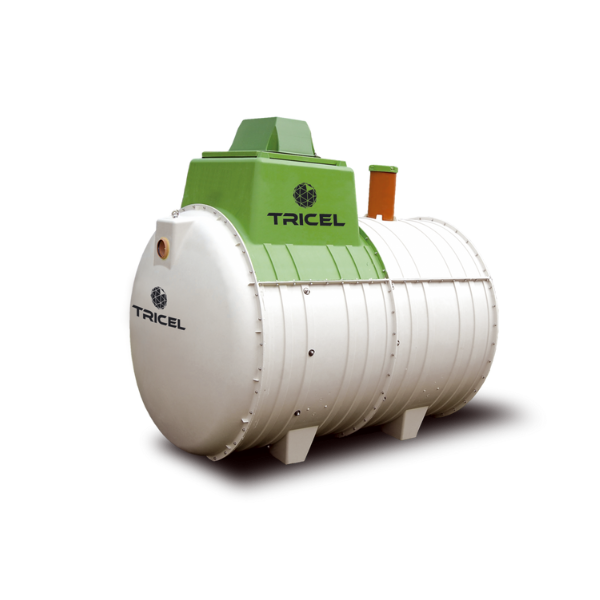
What is a drainage field?
A drainage field is a designated area where discharged effluent gets dispersed from septic tanks or wastewater treatment systems. It consists of a series of perforated pipes laid under the earth, dispelling the effluent over a designated area based on tests carried out during installation.
This area allows for further wastewater treatment after initial processing and before waterway dispersion, thus improving quality.
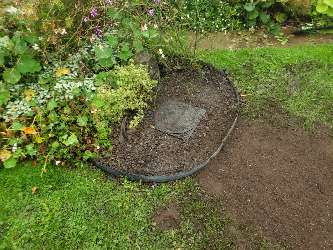
Required 2020 Septic Tank Regulatory Standards
If a septic tank was installed before 1983, when standards were in place, it most likely does not meet the required standards. To do so, the following is necessary;
- CE certificate
- Compliance with BS standards
- Sized and installed correctly (drainage field also)
- Regularly desludging/emptied and maintained
For a summary of your responsibilities relating to the new regulations and how you may be affected, download our free eBook today!
What are the differences between septic tanks and sewage treatment plants?
Sewage treatment plants provide treatment of the wastewater inside a tank. In contrast, septic tanks separate the solids from the liquid in the tank and use a percolation area or sewage treatment filters after the tank to provide the final treatment of the effluent.
A quick way of identifying the solution type that your property employs is by applying the following parameters:
- Most sewage treatment plants require power to run the aeration and carry out the wastewater treatment process; septic tanks do not.
- A septic tank generally requires emptying once per year. In contrast, sewage treatment plants get opened at intervals of three to sixty months.
- The level of treatment from a sewage treatment plant is very high, allowing for discharge directly to a stream, ditch watercourse or drainage field.
- A septic tank produces a much more pollutant effluent, which must be discharged to a drainage field for further treatment from natural aerobic soil bacteria to process the effluent to an acceptable purification level equal to that of a sewage treatment plant.
What to know when selling a property with a fitted septic tank
- Description of the property’s sewage treatment solution.
- Location of the main elements, drainage field and discharge point.
- Details of any changes or alterations made to the system and drainage field.
- How it should be maintained, including the manufacturer’s manual if available.
- Maintenance records, if possible.
If replacing your non-compliant system with a modern and efficient sewage treatment plant, it is critical to ensure that your new system is sized and installed correctly and by British Water’s Flows & Loads 4 Guidance.
For a complete listing of how the upcoming 2020 regulation changes to the septic tank regulations may affect you, download your free 2020 Septic Tank Regulation Handbook today!
Suppose you are affected by the 2020 septic tank regulations and have further questions. In that case, you can contact us to advise you on the requirements to book a site visitor to request a quote. Tricel has an entire team of experienced technical experts to help find the ideal solution for your situation.

Tricel product range

Tricel Novo Sewage Treatment Plant
Durable & long lasting SMC tank, shallow dig tank, easy installation (Plug and Play), long life components.
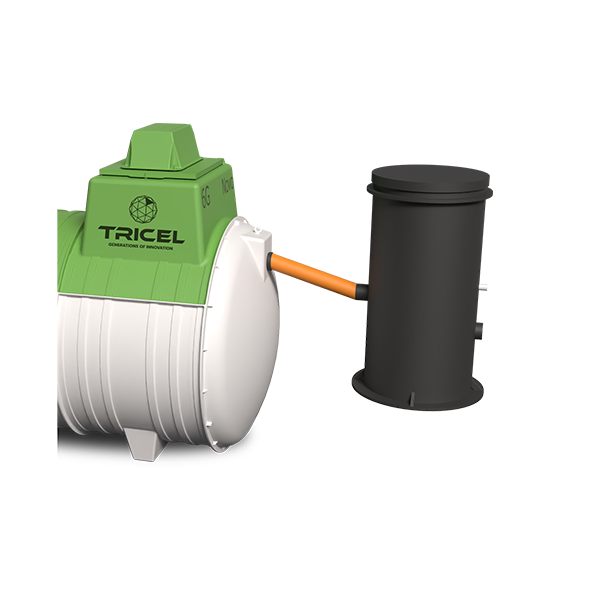
Tricel Phosphorus Removal
Tricel PhosClear is a ready-to-install system that reduces Phosphorus wastewater without using chemicals.
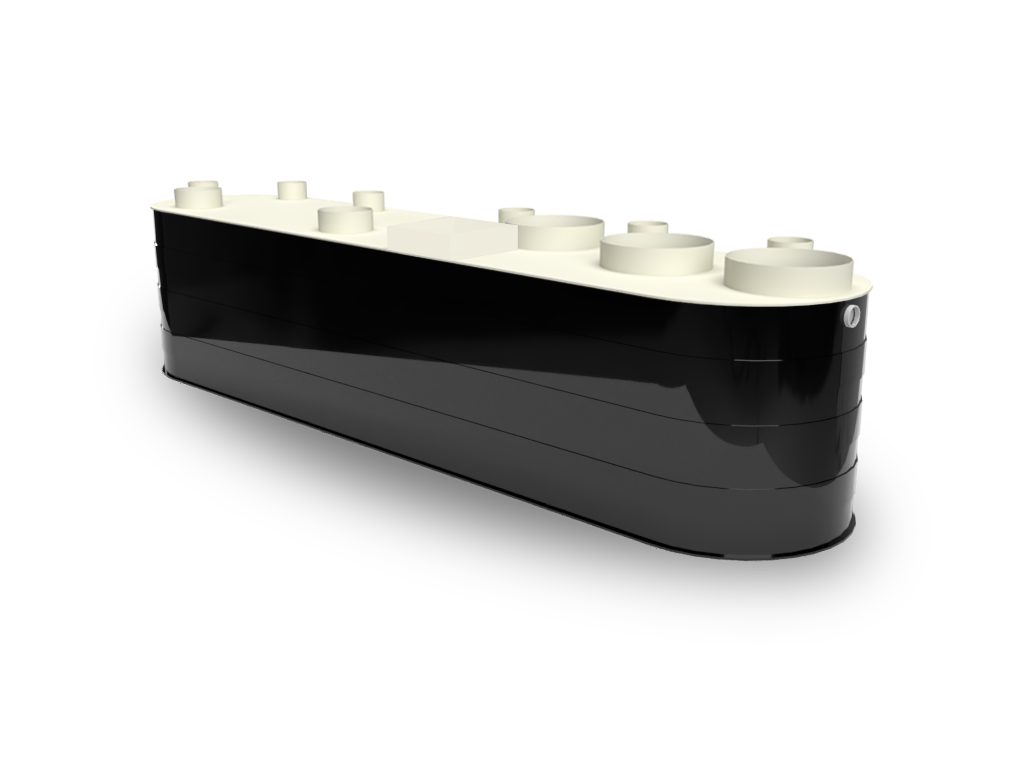
Tricel Maxus Sewage Treatment Plant
Commercial plant. Submerged Aerated Filter (SAF) technology. Ideal for every project over 50 Population Equivalent.
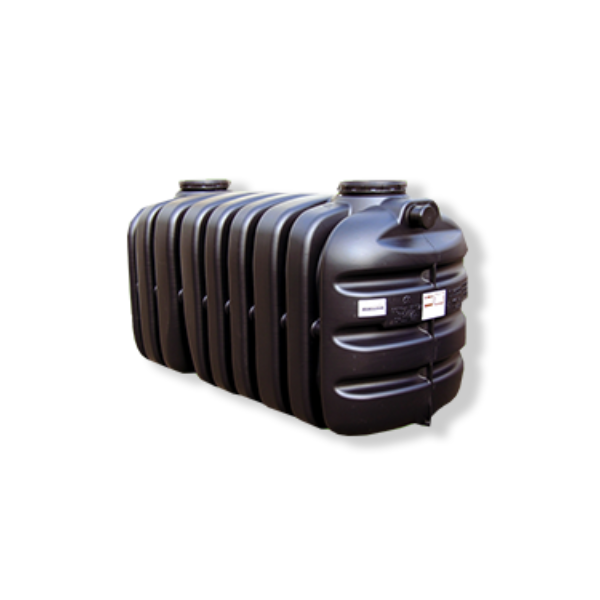
Tricel Vento
Septic Tank
Shallow dig tank, strong & robust underground tank, no electrical or moving parts.
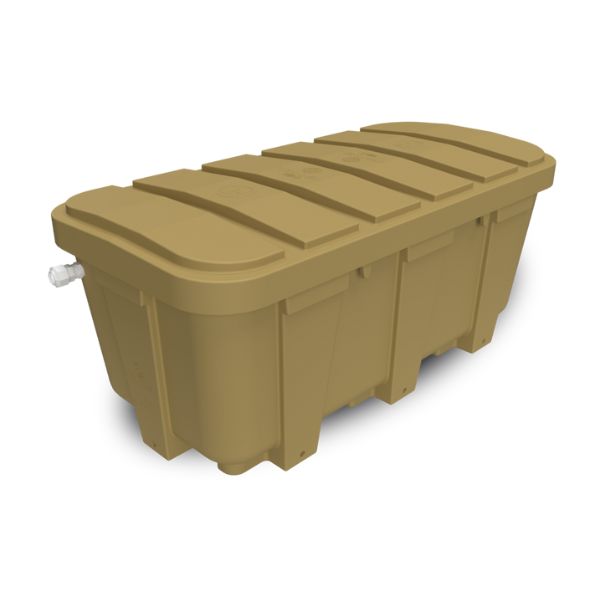
Tricel Tero Tertiary System
Next Generation tertiary wastewater treatment unit with proven E.Coli treatment capabilities.
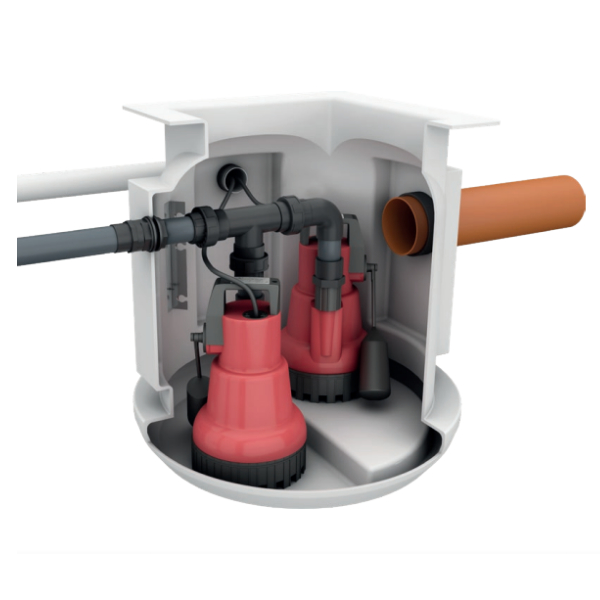
Tricel Pumping
Stations
Pump fluids from one place to another where gravity drainage cannot be used, easy and trouble-free installation.
50 YEARS IN BUSINESS
A highly successful multinational corporation with over 50 years’ valuable industry experience
SEWAGE TREATMENT PLANTS
Plants available for all capacities, from 1PE up to 50PE. Free advice on request.
FAST DELIVERY
On-time delivery is a core requirement of our successful business operations
